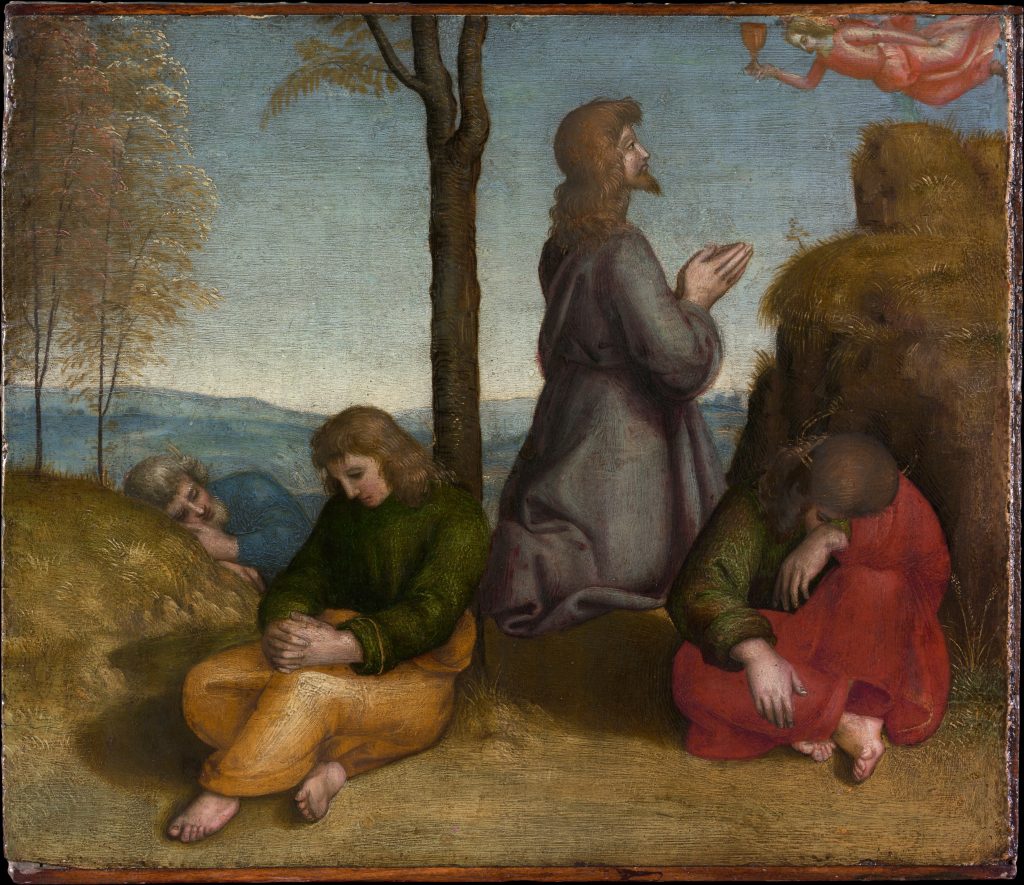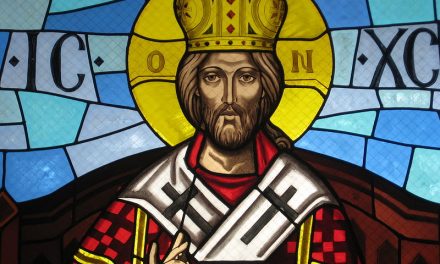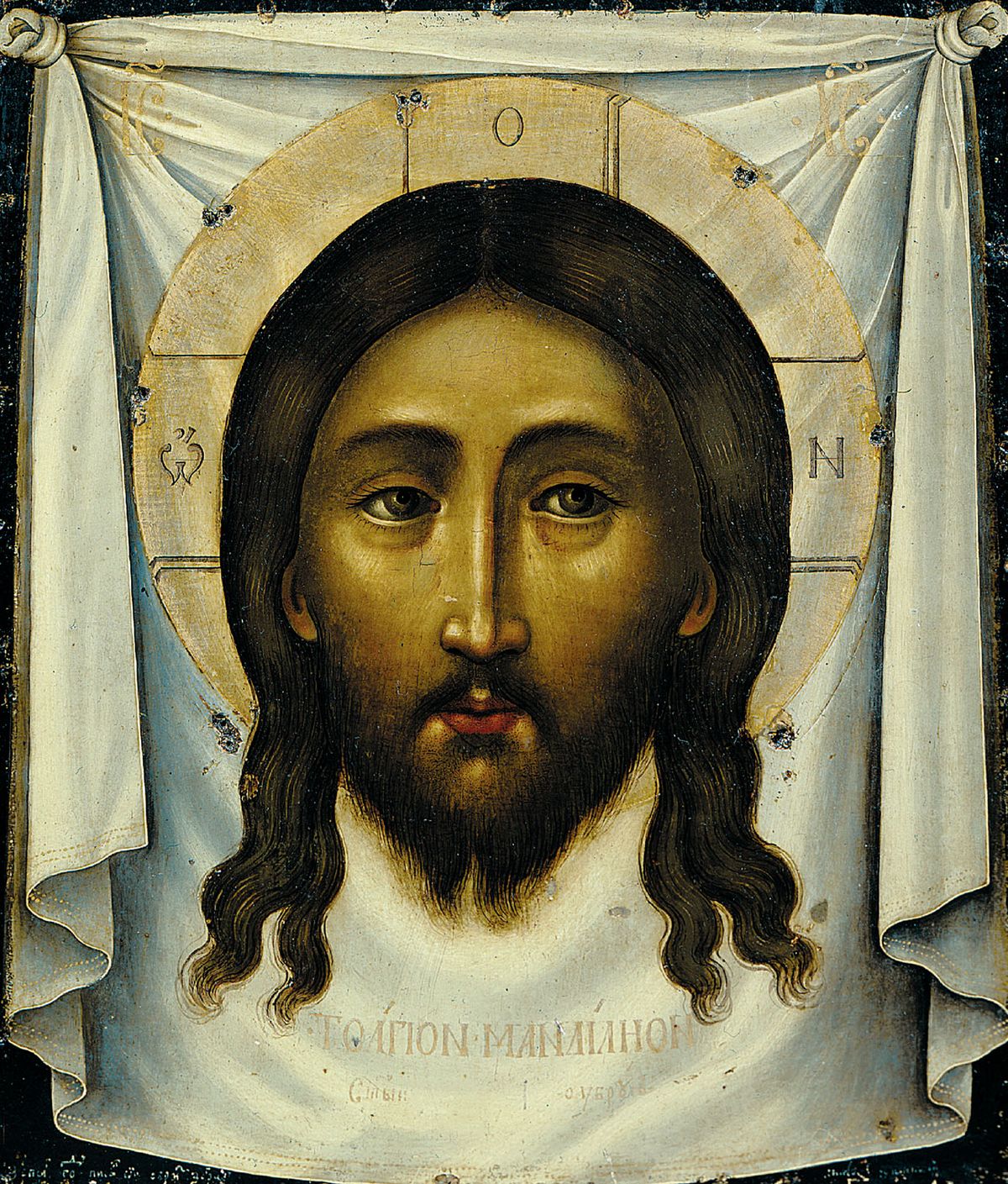
This is a guest post by Dr. Victor Carmona, Assistant Professor of Theology and Religious Studies at the University of San Diego.
The Readings for Palm Sunday can be found on the USCCB lectionary website here.
Procession with palms – Mk 11:1-10 or Jn 12:12-16
Responsorial Psalm – Ps 22:8-9, 17-18, 19-20, 23-24.
Gospel – Mk 14:1-15:47 or Mk 15:1-39
We’ve reached the one-year mark of the pandemic. At this point last year, its effects were becoming entirely real. Many of us were holed up at home. The streets sounded eerily empty. We began doing the best we could to teach and learn remotely. Friends and family began losing their livelihoods. Since then, some of us have lost friends and family to Covid or other diseases, their diagnosis or treatment made nearly impossible by Covid’s strain on our healthcare systems—even as the mighty received experimental medical treatments. Among those who suffered severe cases of Covid, some survive with fogged memories, scarred lungs, and weakened limbs. In that time, many of us began having conversations with friends and family, and perhaps even with God in prayer, in which we shared a deep sense of trouble and distress. If we are honest with each other, many of us found our faith deeply shaken.
Like many, I struggle with today’s Gospel readings. There is too much going on, and it is going on too quickly. In them, we move from Jesus’ noise-filled triumphant entry in Jerusalem to the cry of his death on a cross at Golgotha, from streets filled with multitudes of followers to a barren crucified man who has been abandoned by them, even by those he called his friends. What we may have missed during Palm Sunday celebrations before the pandemic but cannot miss now is the Gospel of Mark’s invitation to pay attention to what happens in between those moments. Mark’s retelling of the passion invites us to listen carefully to Jesus’ intimate prayer at the Garden of Gethsemane. There, Jesus took Peter, James, and John, telling them to sit near him while he prayed, as he “began to be troubled and distressed.”
Seeing Jesus troubled and distressed, praying from the depths of the despair that grounds those feelings, is hard. But it is necessary. Even as the pandemic begins to wane for some, many ask how is it that God has allowed it to happen (does God care?) or what may God’s reasons be (is God punishing us?). Theological reflections forged from the experiences of suffering through the grinding realities of racism in the United States, poverty in Latin America, and World War II in Europe suggest that those kinds of questions, while intellectually honest, are the questions that spectators ask. Those who are suffering ask a different set of questions: where are you, God? Are you here? Are you with me? Are you with us? Perhaps some are asking those questions for the first time even as marginalized communities in the US and across the world have been asking them for centuries. Those are the questions that Jesus struggled with and asked at Gethsemane. Those are the question that today’s Gospel seems to answer with God’s silence leading up to and including the moment of Jesus’ death on the cross.
Jesus’ fear of that ultimate silence and the darkness of death that it foretells is strikingly honest and human. Perhaps some of us have felt it in glimpses this year. We have felt it when we lost a loved one or when the warm sense of God’s presence in lo cotidiano (everyday life) at home or at work is no longer as easy to discern. The odd thing is that while we know better, we tend to imagine Jesus as having a steady heart and a faith that never waned—and thus, we assume, so should we if we are to follow him. Ron Rolheiser turns to Juan de la Cruz (John of the Cross) in a way that suggests a hauntingly beautiful insight: “For a large part of his life and ministry Jesus felt […] dry, sterile, and not buoyed up by any warm feelings of God, even as he remained faithful in that darkness.” Rolheiser goes on, “Strange how it can feel, feeling like Jesus.”
Sitting near Jesus at Gethsemane and praying with him from within the darkness of despair is hard. We may honestly believe that our faith will never be shaken as Peter did. And yet, as Orlando Espín reminds us, that is the despair from which Jesus, and with him, the marginalized, takes up the risk of radical openness to a compassionate God, an openness, “which is an attitude and a risk before it is a condition.” At Gethsemane, Jesus risked trusting the Compassionate God whose Reign he had been proclaiming, even when God answered with silence from that moment until his dying breath. In doing so, Jesus shared the fulness of our humanity to the point of experiencing the depths of despair that many in our communities continue living with, not just while facing the pandemic, but also racially motivated deadly violence, ongoing voter suppression, and resistance to immigration reform. That is the brokenness that Jesus fully embraced and that our Compassionate God ultimately healed in a subversive and liberating act of love that knows no bounds—the resurrection that we hope for. So, in the end, come what may amid this pandemic and our multi-generational struggles for justice, may we sit with Jesus at Gethsemane and trust that God will ultimately vindicate our deeply shaken faith.




Trackbacks/Pingbacks